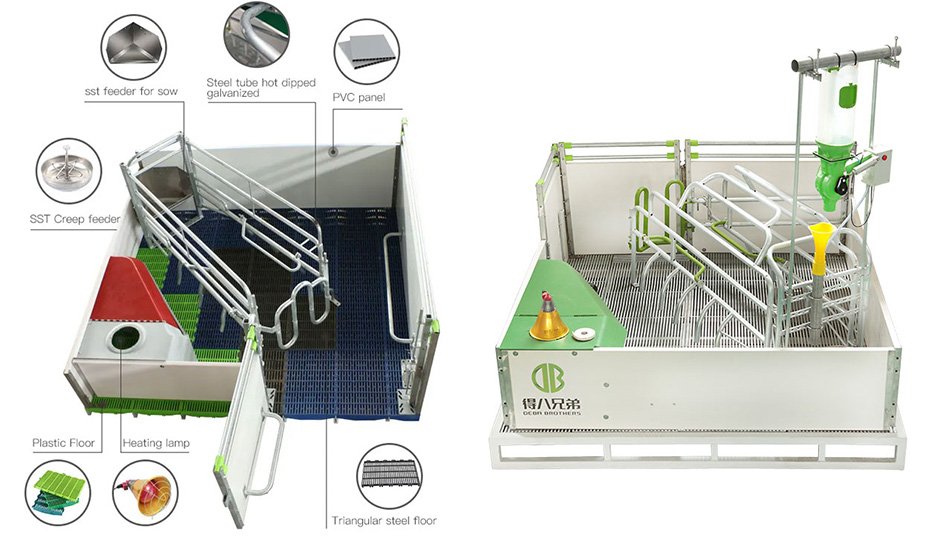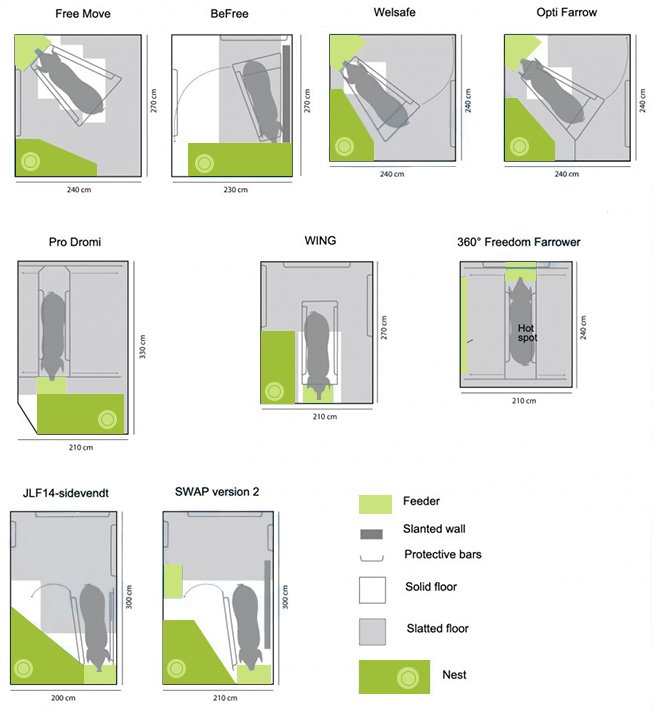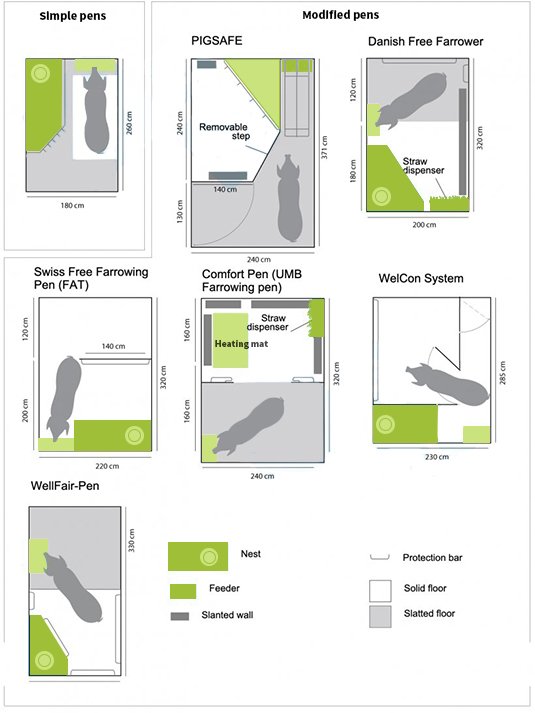28
Jul
Innovative Pig Farming Equipment - Deba Brother's Gestation Crate Alternative
Despite the encouraging results from preliminary studies, the widespread use of alternative systems to traditional farrowing crates is still rare in most countries. Exceptions exist where permanent crate use has already been banned, such as Sweden, Switzerland, and Norway, or in regions with a high prevalence of outdoor and organic production like the UK and New Zealand. The decision to transition to alternative housing can be daunting, especially given the existence of different prototypes and uncertainties regarding potential legislative changes. However, as the industry moves towards more humane practices, it is essential to consider scientific data and regulatory proposals to determine the best-suited systems for each farm, considering both animal welfare and economic sustainability.
Alternative Systems Unveiled:
Gestation Crate Alternative offers various housing options, including individual and group housing or a combination of both. Presently, these systems can be divided into three main types: systems with temporary confinement, systems without any confinement, and group systems. Let's delve into the characteristics of individual housing systems.
Individual Housing Without Confinement:
These pens allow animals to roam freely without any movement restrictions. The simplest model, called "simple pens," resembles traditional farrowing crates without the crate itself. Here, the sow should have enough space to turn around comfortably, and piglet protection elements can be incorporated for added safety.
However, repurposing current farrowing crate spaces into simple pens poses challenges. Studies indicate that insufficient space hinders the sow from defining functional areas for defecation, resting, and feeding, and increases the risk of crushed piglets due to inadequate nesting. Consideration must be given to respecting the sow's ethological preferences while providing adequate space for nesting and piglet protection.

Modified Pens:
Designed to offer more space and define distinct resting, feeding, and defecation areas, modified pens incorporate sloped walls, piglet protection systems, and nests. The ideal space required varies among manufacturers (5 to 8.5 m2), with a recommended minimum of 6 m2 for greater effectiveness. These systems promote full nesting behavior, although piglet crushing during initial days may still be a concern. Proper nest management is crucial, especially in high temperatures when piglets are less likely to use the nest. Floor type should also be considered, balancing hygiene and the need to facilitate nesting behavior. Some systems also incorporate temporary sow enclosures to ensure personnel safety during specific practices.

Semi-Confinement Systems or With Temporary Constraints:
Some systems emerged by opening the farrowing crate during lactation (5-7 days) to allow more sow movement. Typically occupying around 4.3 m2, improved designs now provide up to 6 m2 or more, accommodating the sow's biological needs.

The key considerations in these systems are providing sufficient space for the sow to define functional zones, designing attractive nesting areas for piglets' quick utilization, and addressing aspects of management, safety, and accessibility for farmers.
Transitioning to zero confinement or semi-confinement systems presents the challenge of managing neonatal mortality, especially in hyperprolific sows. Deba Brother's Gestation Crate Alternative empowers pig farmers to embrace animal welfare-oriented practices and economic sustainability, forging a path towards a more compassionate and prosperous pig farming industry. Join us in this transformative journey for a brighter tomorrow for pigs and farmers alike.


